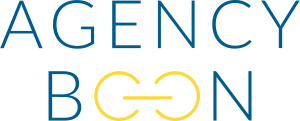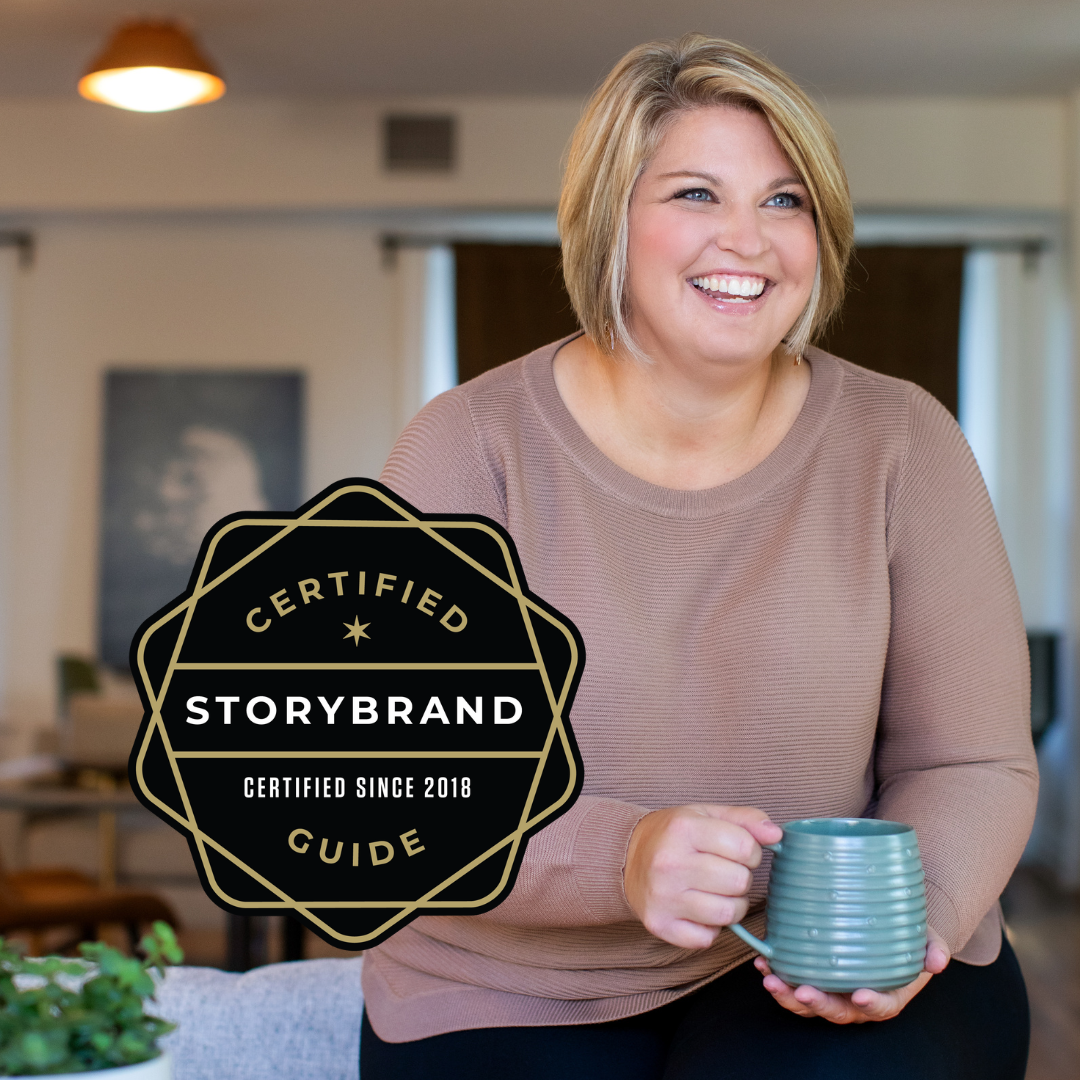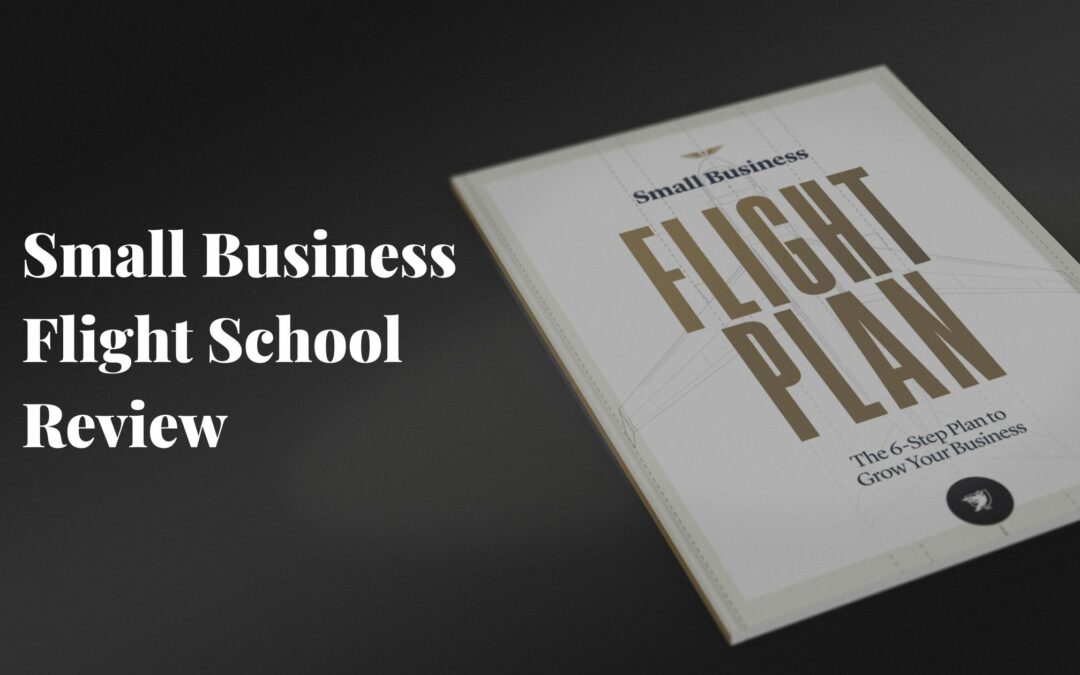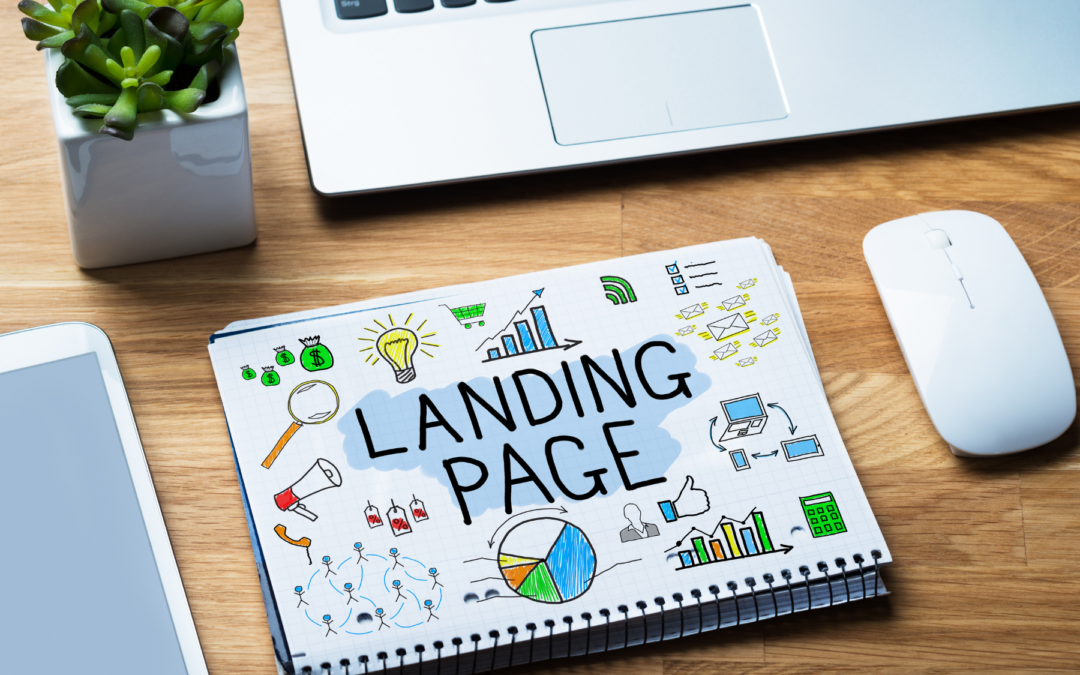By far the most important emails you’ll ever write are your sales emails. Well-written, timely sales emails show prospective customers how your product or service can lead them to the successful results they’ve been dreaming of. A quality sales email provides value while selling your product or service at the same time. Instead of feeling spammy and pushy, they feel helpful and welcoming. One of the best ways to achieve this delicate balance is to follow the proven StoryBrand sales email sequence. Learn why you need such a powerful tool for your business and how to implement it well.
What is the StoryBrand Sales Email Sequence?
According to Marketing Made Simple by Donald Miller, after someone signs up for one of your lead generators, you should send them a series of six emails selling your product or service.
The main goal of your sales emails is to show the transformation, or story, you are inviting prospective customers into. You want to illustrate the difference your offering can make in their lives.
The proven StoryBrand sales email sequence looks like this:
Email 1: Deliver the asset.
In this email, you will send the lead generator that your potential customer signed up for on your website or landing page. This lead generator should be directly related to the problem your company solves.
Email 2: Outline a Problem and a Solution
This second email outlines your customer’s current problem and shows how your product or service is the solution for their exact pain point.
Email 3: Share a Testimonial
In this testimonial email, you use quotes or stories from former customers to showcase how they experienced success using your services. These testimonials provide social proof, which helps build trust in your company and brand.
Email 4: Overcome an Objection
In this third email, you want to refute the main objection that keeps people from purchasing your offering. As with previous emails, your main focus is still on the customer and the transformation your product or service can help them achieve, not solely on the product itself.
Email 5: The Paradigm Shift Email
In this email, you will share a new way of thinking about your subscriber’s pain point or the unique way your company solves their problem. You want to challenge your customer’s mindset and help them see a certain aspect of their struggle in a new way.
Here are a few examples of paradigm shifts that StoryBrand offers business owners to help you see how paradigm shifts work.
Note: Emails 2-5 should also end with a clear call to action, telling new customers to purchase your product or service.
Email 6: The Sales Letter
This last email is often a version of your StoryBrand BrandScript. Although you have been selling your offering in all the earlier emails, this final email is where you lay it all out and go for the hard sell. You can also offer an extra incentive, discount, or special sale to encourage prospective clients to take action.

How is selling your product providing value to your customers?
When someone signs up for your email list, they are giving you permission to contact them. In fact, they want and expect you to reach out to them. They have a problem and are interested in your solution. By selling to them, you’re telling them exactly how to get relief from their pain point, by buying your product or service.
Throughout the email series, you are helping them see what it would be like to work with your company, establishing yourself as a credible source of information, and showing them the potential benefits of working with you.
Why do I need a StoryBrand Sales Email Sequence for my business?
Now that you know exactly what the Marketing Made Simple/StoryBrand sales email campaign sequence is and how it works, let’s talk about why you need to implement this powerful tool in your business.
Sales email sequences save you time.
When you are looking to promote a product or service, there are several routes you can take to get your message out. Traditionally, business owners would send out mailers, go door-to-door with flyers, or even make sales calls. Although these methods may be effective, they take a lot of time.
Email marketing, on the other hand, allows you to reach a large number of potential customers with a relatively small amount of work. You spend time crafting one email and then contact your entire customer base: past, current, and potential, with one click.
Sales sequences save you money.
Your time is valuable. Not only does email marketing offer a huge return on your investment, an average of $36 in return for every $1 you invest in the creation of the email, it also frees you up to focus on other things. Instead of devoting all your time to chasing down leads and closing sales, you can dedicate your energy to other aspects of your business.
Your business can grow on autopilot.
Using well-written email campaigns sent at the right time is like adding a 24/7 sales team to your organization. This initial sales sequence can be set up to automatically deliver to new potential clients.
You will never again miss out on the opportunity to connect with a new lead because you are too busy. Email can do it for you.
You won’t have to play phone tag trying to get in touch with a new prospect. Instead, they can read your email whenever works best for them.
If someone decides it’s time to move forward and hire someone to solve their problem at 2 am, while your organization is closed, there is no need to wait until morning. They can just click that “buy now” button in your email. Sales emails provide your customers with 24/7, line-free access to the cash register.
Write Emails That Get Results
This six-step sales sequence is a great structure for any business. However, creating a well-written email campaign that gets results is about more than just following a formula.
To get the best results, your words need to connect with your potential clients. You need a clear message that addresses your customer’s exact pain points in the way they would describe them.
Many business owners find that they know too much about their business to be able to see it from a customer’s point of view. That is why working with a StoryBrand Certified Guide is such a valuable partnership.
Your guide can help you create an effective marketing strategy and messaging that will resonate deeply with your audience. At Agency Boon, we help clients create clear messaging and craft compelling websites so that their business is positioned for success. If you’d like to get your offering out to the most people, contact us today to speak with one of our Certified StoryBrand Guides.





